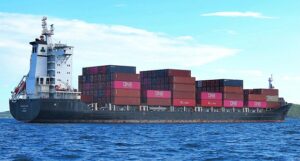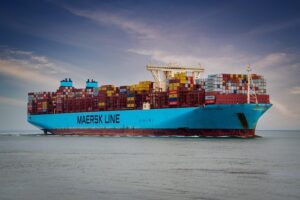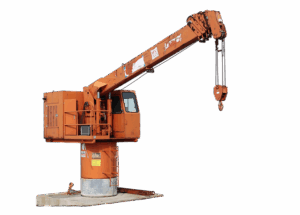Flat-rack shipping containers are a specialized solution for transporting oversized and heavy machinery, offering an open level surface and customizable options like adjustable frames and removable side rails. They cater to industries needing efficient transport across various modes, including intermodal, sea, and road shipping. These containers simplify loading/unloading, reduce handling time, and offer larger dimensions and capacity than standard containers, providing significant cost savings for heavy machinery shipments while enhancing safety with advanced load securing techniques.
In today’s globalized world, transporting oversized and heavy machinery across continents is a complex task. Shipping containers, specifically flat-rack containers, offer a specialized solution for these unique challenges. This article delves into the intricacies of flat-rack shipping containers, exploring their role in handling massive machinery shipments. We’ll uncover the benefits, load securing techniques, and safety best practices that make them an indispensable tool in international trade, ensuring efficient transportation without compromise.
- Understanding Flat-Rack Containers: A Specialized Solution
- Challenges of Shipping Oversized Machinery
- Benefits and Advantages for Heavy Machinery Shipments
- Load Securing Techniques in Flat-Rack Containers
- Safety and Efficiency: Best Practices Revealed
Understanding Flat-Rack Containers: A Specialized Solution
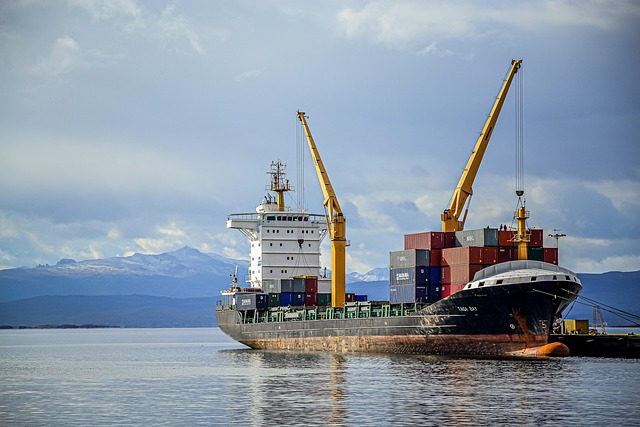
Flat-rack shipping containers offer a specialized solution for transporting oversized and heavy machinery, filling a unique niche within the shipping container industry. Unlike traditional cargo shipping containers, which are designed to carry standardized loads, flat-rack containers provide an open, level surface, allowing for the secure transport of unconventional shapes and sizes. This design makes them ideal for handling large equipment, ensuring stable and safe movement during intermodal shipping, sea shipping, or road transport.
These versatile containers have adjustable frames and removable side rails, enabling them to accommodate various cargo dimensions and weights. Shipping container suppliers and manufacturers often offer customizable options, including added strength for extreme loads, specialized accessories, and modifications to meet specific client needs. The flat-rack design is a game-changer in the shipping container logistics landscape, catering to industries that require efficient transport of heavy machinery, construction equipment, or even vehicles across different modes of transport and storage solutions.
Challenges of Shipping Oversized Machinery
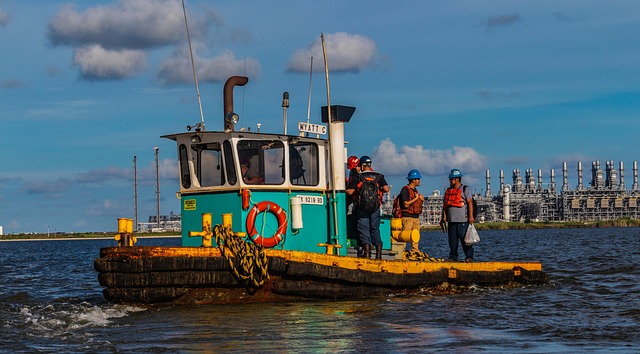
Shipping oversized machinery presents unique challenges that require careful consideration and specialized handling. One of the primary difficulties lies in ensuring the safe and secure transportation of these large, often heavy items while maintaining their integrity during transit. Regular shipping containers, designed for standard cargo, might not be adequate for such tasks, leading to the necessity of flat-rack shipping containers specifically tailored for oversized machinery shipments.
Intermodal shipping containers, including sea shipping containers and ISO shipping containers, offer a flexible solution. Their flatbed design allows for the secure loading and unloading of large equipment, providing stability and minimizing the risk of damage. Shipping container leasing and rental services have become integral to this process, offering customers various options based on their specific needs. Moreover, shipping container logistics and transport services cater to the intricate requirements of moving these behemoths, considering factors like dimensions, capacity, and access to storage shipping containers at depots for temporary holding or modifications to meet unique shipment demands.
Benefits and Advantages for Heavy Machinery Shipments
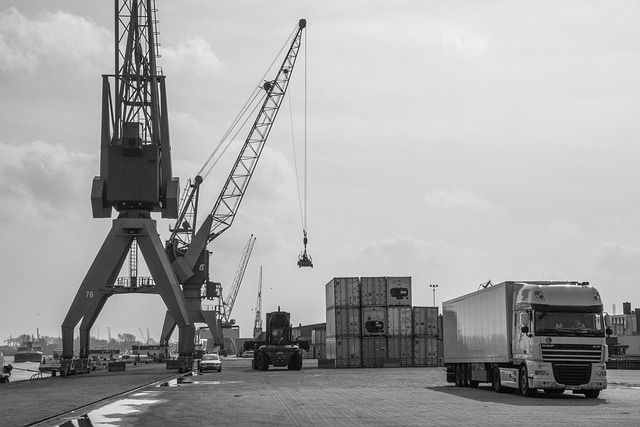
Using flat-rack shipping containers for oversized and heavy machinery shipments offers significant advantages in terms of shipping container logistics and efficiency. Unlike traditional cargo shipping containers, which are designed for standard loads, flat-racks provide an open, level surface, allowing for direct loading and unloading of large equipment. This streamlines the process, reducing handling time and potential damage to delicate machinery during transit.
Moreover, shipping container dimensions and capacity of flat-racks accommodate oversized pieces that wouldn’t fit inside standard containers. They are a versatile solution for various industries, from construction to manufacturing, enabling seamless shipping container transport of crucial heavy equipment worldwide. This efficient handling translates to cost savings for businesses relying on timely delivery of their heavy machinery shipments.
Load Securing Techniques in Flat-Rack Containers
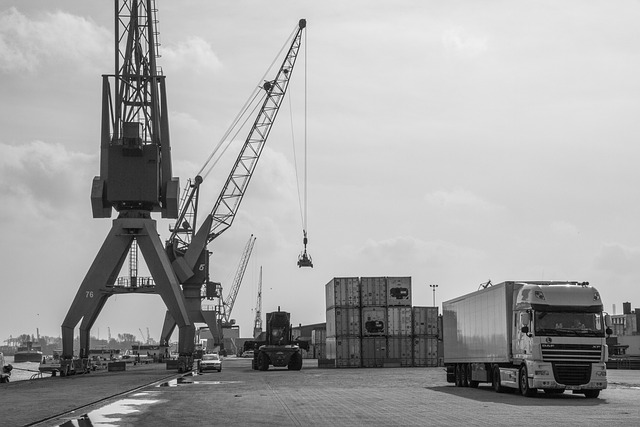
Flat-rack shipping containers are designed to handle oversized and heavy machinery shipments with specialized load securing techniques. Unlike traditional intermodal or sea shipping containers, flat-racks offer a more open and flexible interior space, allowing for the secure transportation of unconventional shapes and sizes. Load securing is achieved through a combination of metal bars, straps, and chains strategically placed to prevent cargo shift during transit. These accessories, often referred to as shipping container modifications, enhance the overall capacity and safety of the vessel.
The process involves careful planning based on the specific dimensions and weight of the machinery being shipped. Shipping container suppliers and manufacturers offer various options for rental or leasing, ensuring that logistics professionals can efficiently navigate the shipping container transport process. By leveraging these versatile storage shipping containers, businesses in the shipping container industry trends can effectively manage large-scale projects, such as construction sites and industrial installations, while adhering to safety standards and regulatory compliance.
Safety and Efficiency: Best Practices Revealed
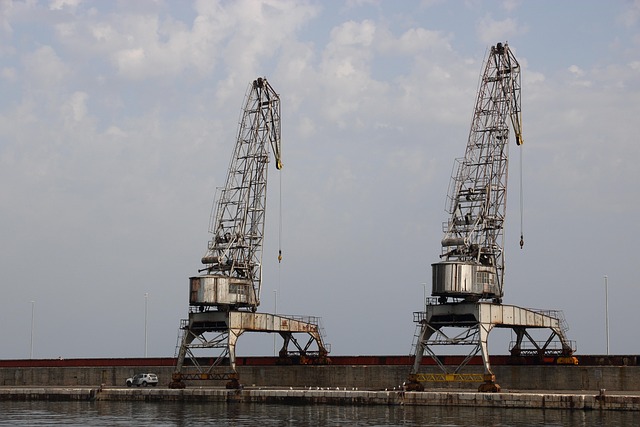
When transporting oversized and heavy machinery, ensuring safety and efficiency is paramount. Flat-rack shipping containers offer a specialized solution for such challenges, providing a secure platform for high-value cargo. Best practices involve careful planning and precise handling to maximize loading capacity while minimizing risk of damage or accidents.
One key strategy is optimizing container dimensions and configuring them appropriately for the shipment’s shape and weight distribution. This includes considering factors like wheel chocks for stability, securing machinery with straps and chains, and using shipping container accessories designed to support heavy loads. Additionally, leveraging intermodal shipping containers allows for seamless transition between sea shipping containers, cargo shipping containers, and land transport, streamlining logistics and ensuring timely delivery of your machinery worldwide.
Flat-rack shipping containers have revolutionized the transportation of oversized and heavy machinery, offering a specialized solution that addresses unique challenges. By understanding the benefits and implementing best practices for load securing, these containers ensure safe and efficient shipping. In light of the above, flat-rack containers are an indispensable tool in today’s global logistics landscape, enabling businesses to navigate the complexities of machinery shipments with ease.





